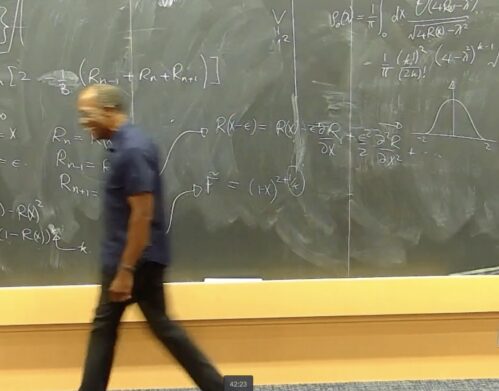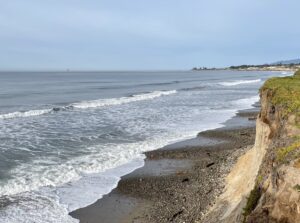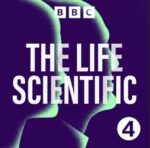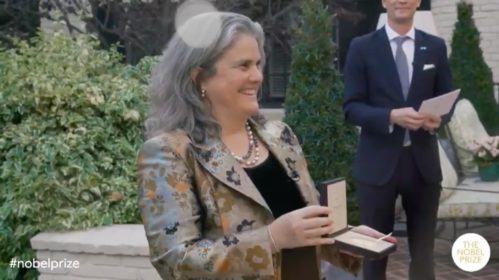Catching Up
Since you asked, I should indeed say a few words about how things have been going since I left my previous position and moved to being faculty at the Santa Barbara Department of Physics.
It’s Simply Wonderful!
(Well, that’s really four I suppose, depending upon whether you count the contraction as one or two.)
Really though, I’ve been having a great time. It is such a wonderful department with welcoming colleagues doing fantastic work in so many areas of physics. There’s overall a real feeling of community, and of looking out for the best for each other, and there’s a sense that the department is highly valued (and listened to) across the wider campus. From the moment I arrived I’ve had any number of excellent students, postdocs, and faculty knocking on my door, interested in finding out what I’m working on, looking for projects, someone to bounce an idea off, to collaborate, and more.
We’ve restarted the habit of regular (several times a week) lunch gatherings within the group, chatting about physics ideas we’re working on, things we’ve heard about, papers we’re reading, classes we’re teaching and so forth. This has been a true delight, since that connectivity with colleagues has been absent in my physics life for very many years now and I’ve sorely missed it. Moreover, there’s a nostalgic aspect to it as well: This is the very routine (often with the same places and some of the same people) that I had as a postdoc back in the mid 1990s, and it really helped shape the physicist I was to become, so it is a delight to continue the tradition.
And I have not even got to mentioning the Kavli Institute for Theoretical Physics (KITP) [….] Click to continue reading this post
























